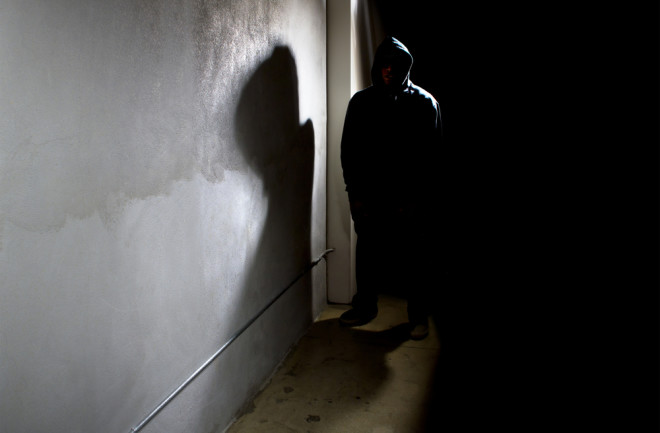You’ve felt it at one time or another. You’re standing on a crowded train platform, or in the park, and suddenly, your alertness spikes: you’re being watched.
The hair on the back of your neck stands up. From some unconscious part of your brain, an alarm sounds: “Look over there!” Often, you turn and find your mind was playing tricks on you. But sometimes you turn and meet the eyes of a stranger whose gaze you’ve somehow sensed without consciously seeing it.

